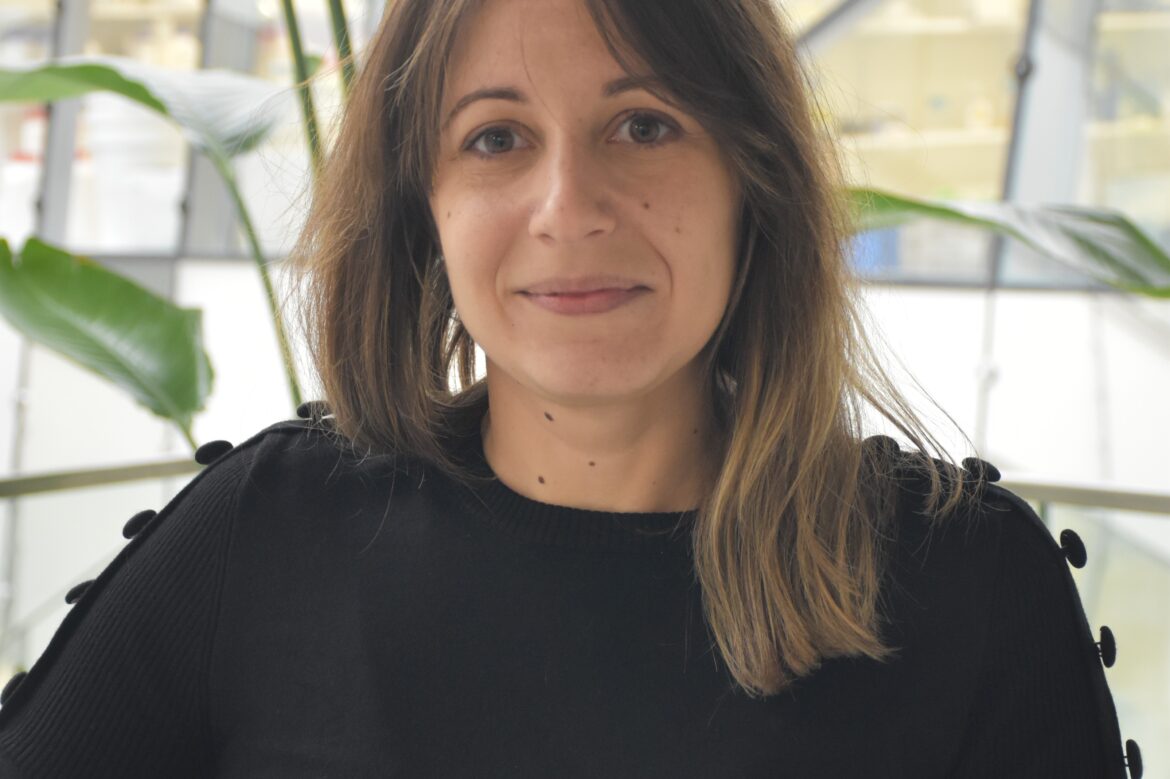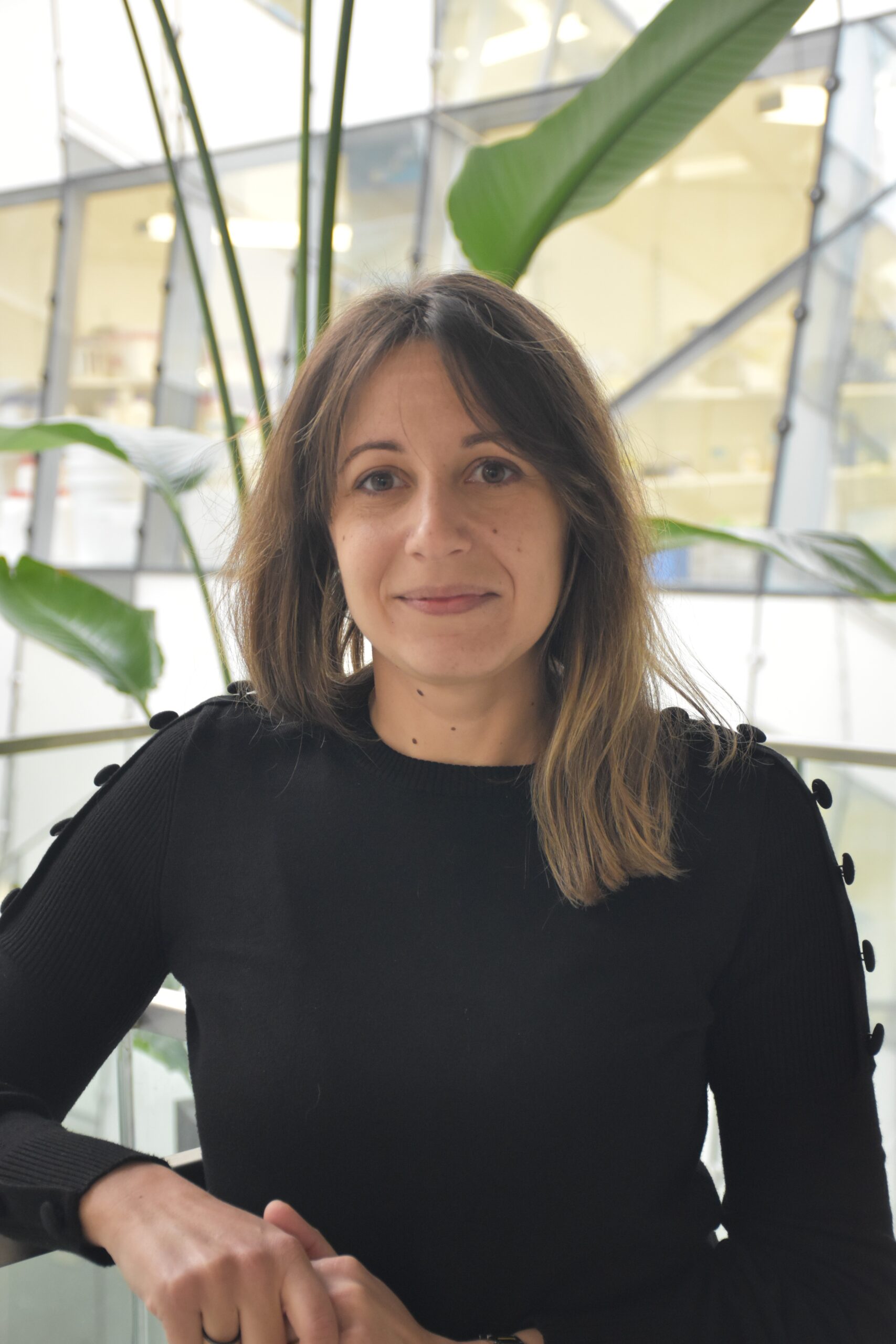
Nabila Brihmat
Postdoctoral researcher
/ Contact
www.orcid.org/0000-0002-2862-8356

After obtaining a master’s degree in Biology & Health and then in Neuropsychology & Clinical Neurosciences at the Paul Sabatier University in France, I pursued a PhD in Neuroscience at the Toulouse Neuroimaging Center (ToNIC / UMR1214) and the Department of Physical Medical & Rehabilitation of the Toulouse University Hospital. I explored the neuroplasticity and recovery potential of innovative therapeutic interventions (non-invasive brain stimulation, motor imagery, virtual reality, pharmacology) for motor rehabilitation of individuals who had suffered a stroke; as well as the optimal assessment tool to highlight such effects. I then joined the Tim & Caroline Reynolds Center for Spinal Stimulation at Kessler Foundation for a postdoctoral fellowship that evolved into an associate research position, to study the effects of non-invasive brain and spinal cord stimulation on functional recovery after a spinal cord injury (SCI).
By joining the Neuromodulation and Neuroprosthetics Team at the Institute of Neurodegenerative Diseases, I plan to use my acquired knowledge and experience as part of an FRM-funded research project to study the underlying mechanisms and effects of non-invasive brain and spinal electrical stimulation in stroke and SCI.
Scientific articles
-
Insights into COVID-19 pathophysiology from a longitudinal multisystem report during acute infection
Experimental Neurology. 2024-10-01. 380 : 114917.
10.1016/j.expneurol.2024.114917 -
Corticospinal inhibition investigated in relation to upper extremity motor function in cervical spinal cord injury
Clinical Neurophysiology. 2024-05-01. 161 : 188-197.
10.1016/j.clinph.2024.02.026 -
Differential Corticospinal Excitability and Cortical Functional Connectivity Modulation by Spinal Cord Transcutaneous Stimulation-based Motor Training versus Motor Training alone in Able-bodied and SCI participants: A Multiple Case Study
2023 45th Annual International Conference of the IEEE Engineering in Medicine & Biology Society (EMBC). 2023-07-24. : 1-4.
10.1109/EMBC40787.2023.10340957 -
Motor Imagery and Paired Associative Stimulation in Poststroke Rehabilitation: Dissociating Motor and Electrophysiological Effects
Applied Sciences. 2023-05-15. 13(10) : 6063.
10.3390/app13106063 -
Safety and effects of a therapeutic 15 Hz rTMS protocol administered at different suprathreshold intensities in able-bodied individuals
Journal of Neurophysiology. 2023-01-01. 129(1) : 56-65.
10.1152/jn.00268.2022 -
High-Frequency rTMS Combined with Task-Specific Hand Motor Training Modulates Corticospinal Plasticity in Motor Complete Spinal Cord Injury: A case report
2022 44th Annual International Conference of the IEEE Engineering in Medicine & Biology Society (EMBC). 2022-07-11.
10.1109/EMBC48229.2022.9871134 -
Kinematic parameters obtained with the ArmeoSpring for upper-limb assessment after stroke: A reliability and learning effect study for guiding parameter use
J NeuroEngineering Rehabil. 2020-09-29. 17(1)
10.1186/s12984-020-00759-2 -
Supplemental Fig. S1
. .
10.6084/m9.figshare.20102744 -
Cross-Modal Functional Connectivity of the Premotor Cortex Reflects Residual Motor Output after Stroke
Brain Connectivity. 2020-06-01. 10(5) : 236-249.
10.1089/brain.2020.0750 -
Post-stroke remodeling processes in animal models and humans
J Cereb Blood Flow Metab. 2019-10-23. 40(1) : 3-22.
10.1177/0271678X19882788 -
Action, observation or imitation of virtual hand movement affect differently regions of the mirror neuron system and the default mode network
Brain Imaging and Behavior. 2017-12-14. 12(5) : 1363-1378.
10.1007/s11682-017-9804-x -
Cerebral imaging of post-stroke plasticity and tissue repair
Revue Neurologique. 2017-11-01. 173(9) : 577-583.
10.1016/j.neurol.2017.09.007
